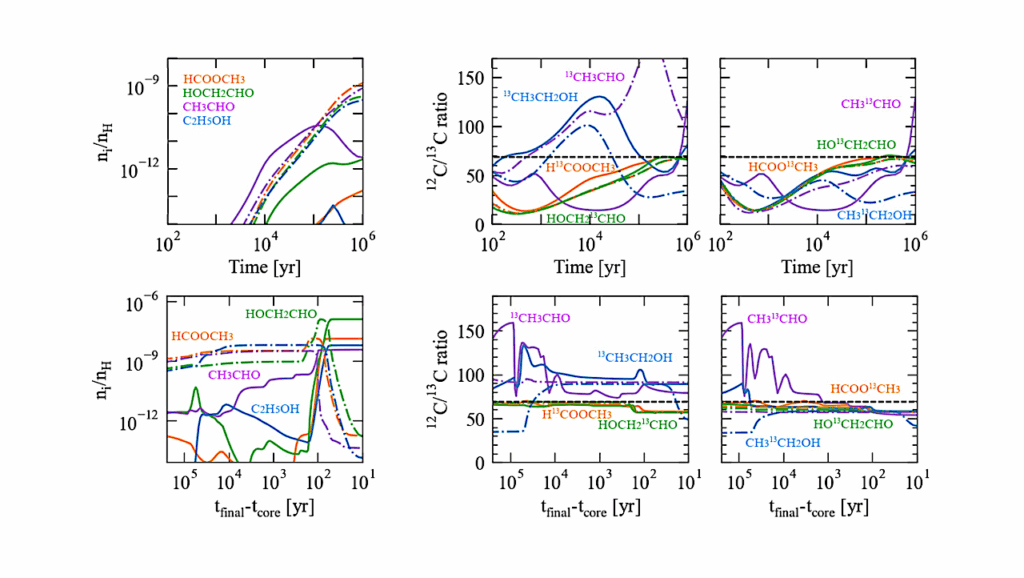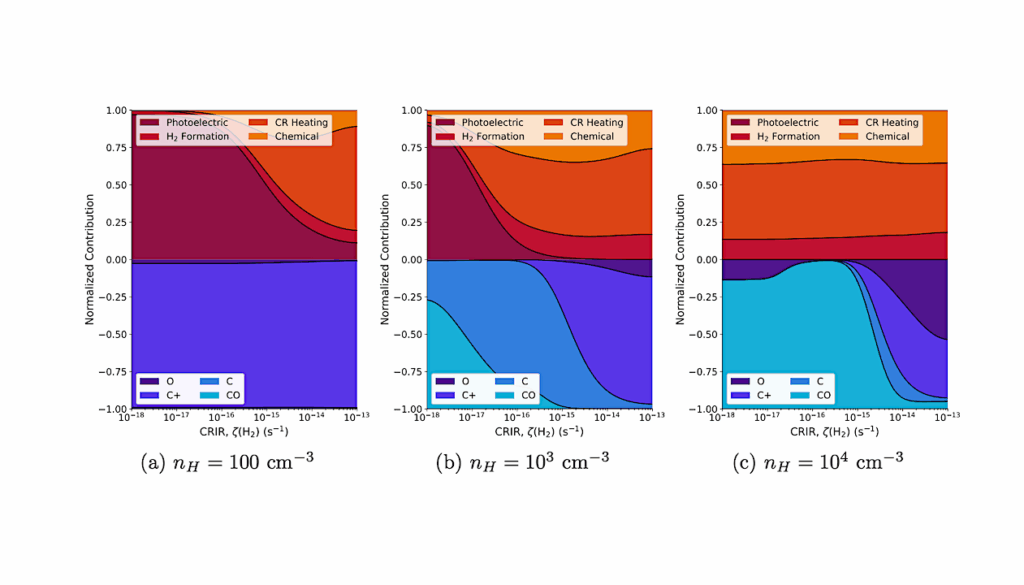Low Resolution Optical Spectra and Diatomic Carbon Detections of 2I/Borisov

2I/Borisov is the first-ever observed interstellar comet (and the second detected interstellar object). It was discovered on 30 August 2019 and has a heliocentric orbital eccentricity of ~ 3.35, corresponding to a hyperbolic orbit that is unbound to the Sun.
Given that it is an interstellar object, it is of interest to compare its properties — such as composition and activity — with the comets in our Solar System. This study reports low-resolution optical spectra of 2I/Borisov. The spectra were obtained by the MDM observatory Hiltner 2.4m telescope/Ohio State Multi-Object Spectrograph (on 1 and 5 November 2019). The wavelength coverage spanned from 3700A to 9200A. The dust continuum reflectance spectra of 2I/Borisov show that the spectral slope is stepper in the blue end of the spectrum (compared to the red).
The spectra of 2I/Borisov clearly show CN emission at 3880A, as well as C2 emission at both 4750A and 5150A. Using a Haser model to covert the observed fluxes into estimates for the molecular production rates, we find Q(CN) = 2.4 +/- 0.2 x 10^24 s^-1, and Q(C2) = 5.5 +/- 0.4 x 10^23 s^-1. Our Q(CN) estimate is consistent with contemporaneous observations, and the Q(C2) estimate is generally below the upper limits of previous studies. We derived the ratio Q(C2)/Q(CN) = 0.2 +/- 0.1, which indicates that 2I/Borisov is depleted in carbon chain species, but is not empty. This feature is not rare for the comets in our Solar System, especially in the class of Jupiter Family Comets.
Hsing Wen Lin, Chien-Hsiu Lee, David W. Gerdes, Fred C. Adams, Juliette Becker, Kevin Napier, Larissa Markwardt
(Submitted on 12 Dec 2019)
Comments: 8 pages, 3 figures. Submitted to AAS Journals
Subjects: Earth and Planetary Astrophysics (astro-ph.EP)
Cite as: arXiv:1912.06161 [astro-ph.EP] (or arXiv:1912.06161v1 [astro-ph.EP] for this version)
Submission history
From: Hsing-Wen Lin
[v1] Thu, 12 Dec 2019 19:09:14 UTC (1,003 KB)
https://arxiv.org/abs/1912.06161
Astrobiology, Astrochemistry








